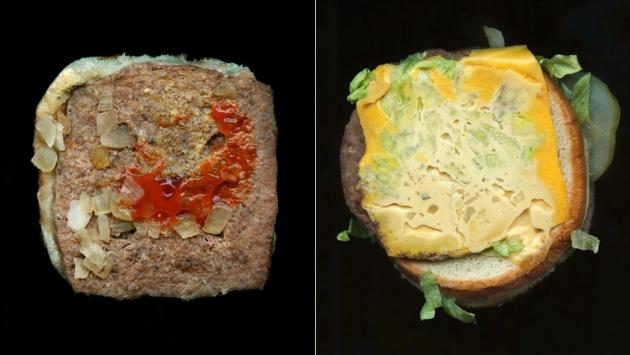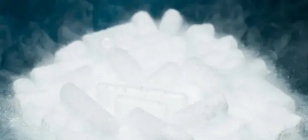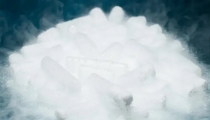Fast Food Looks Worse After You Scan It. Check Out This Photography Series
Aug 18, 2013 23:19

Guess what? Fast food isn't good for you. But you already knew that. Jon Feinstein's photography series about fast food takes what we know about the items and uses a scanner to create images of them. And they look less appetizing!
Feinstein's project started a few years ago resembling Scanwiches. He was able to capture the darker side of food, with some patties looking halfway rotten, burgers that were hastily assembled and some that don't look like the kind of stuff you want to put in to you. Feinstein told the Huffington Post:
I was interested in the continued complexity of how I and many Americans felt about fast food. We know it's bad for you, we've seen the calorie counts, but somehow we keep coming back to it, either because we secretly enjoy it, or because it's all we have access to in certain areas.
You can check out more over here. [Jon Feinstein via Huffington Post]









































































